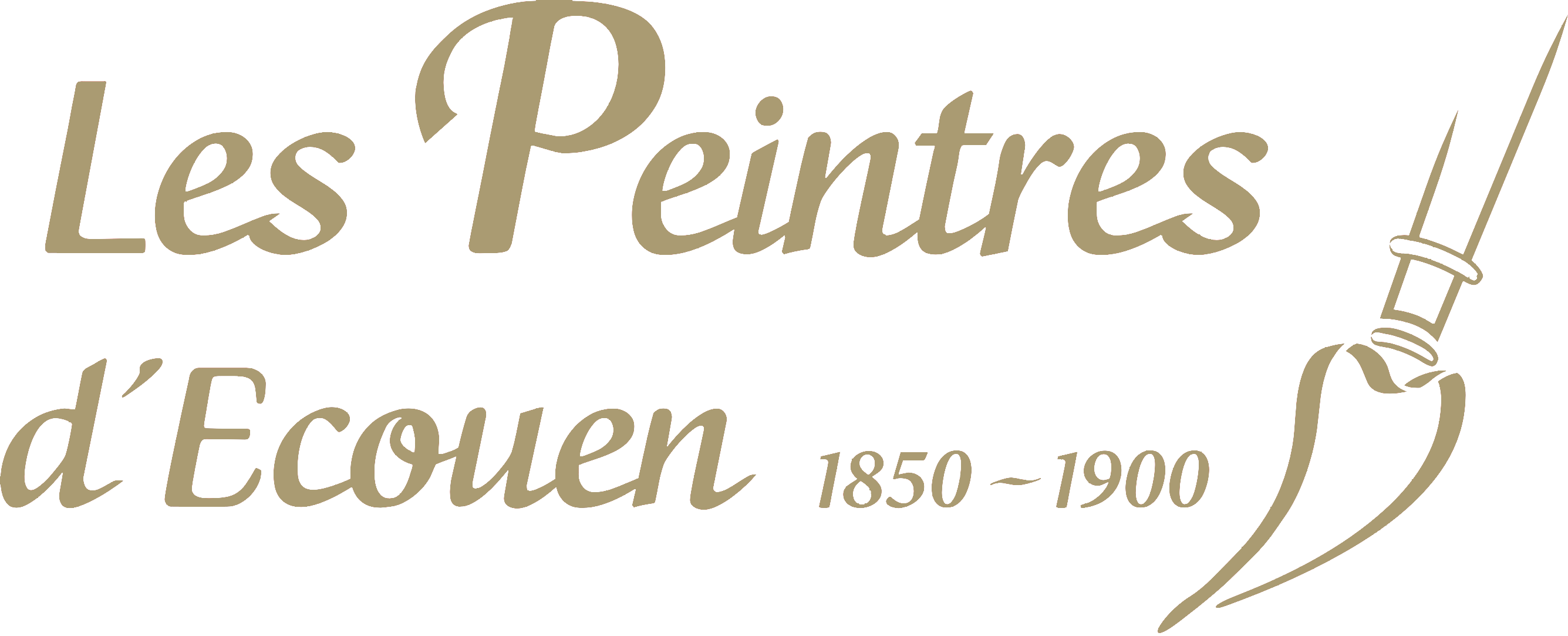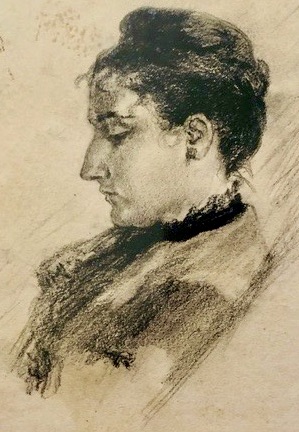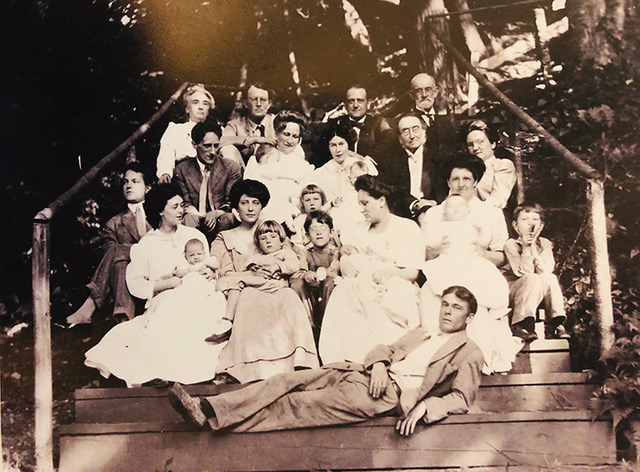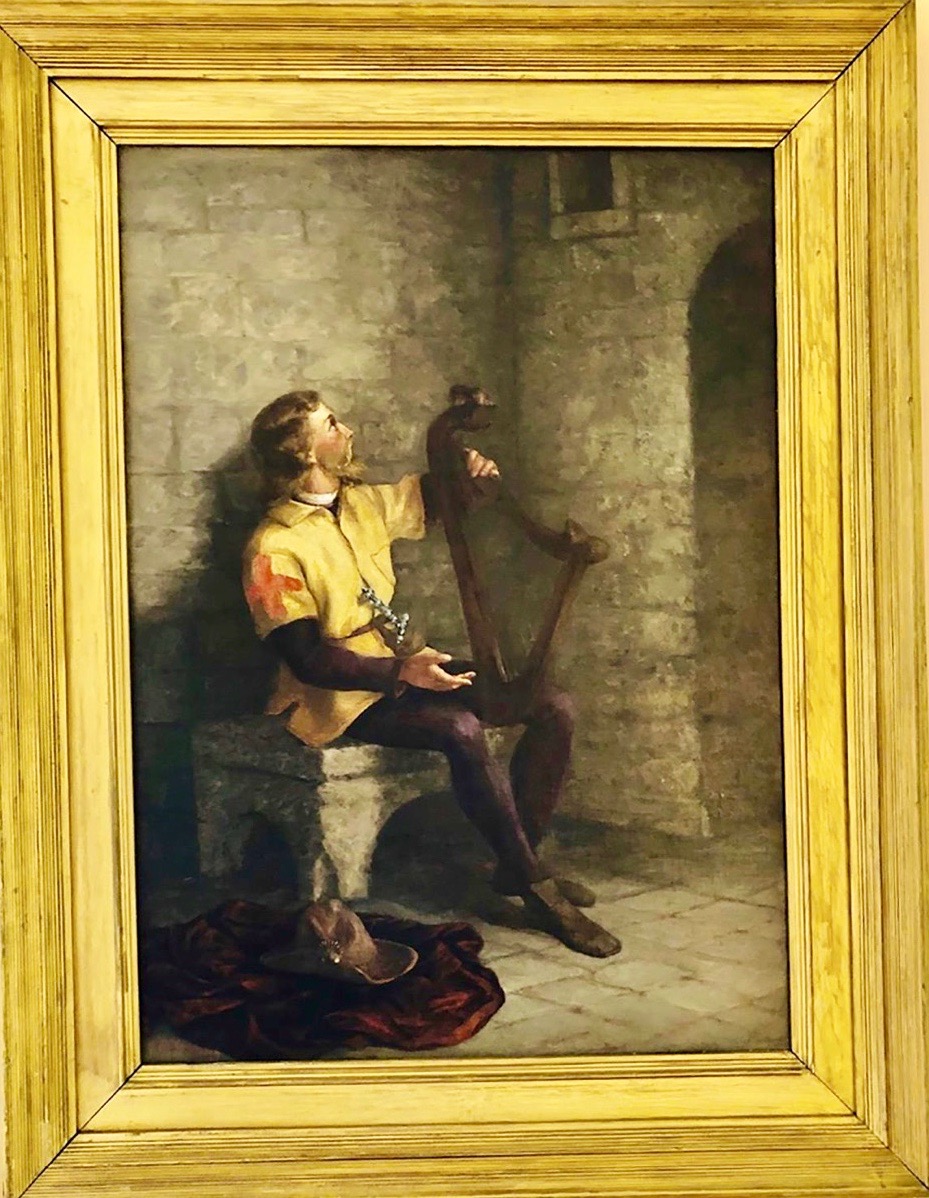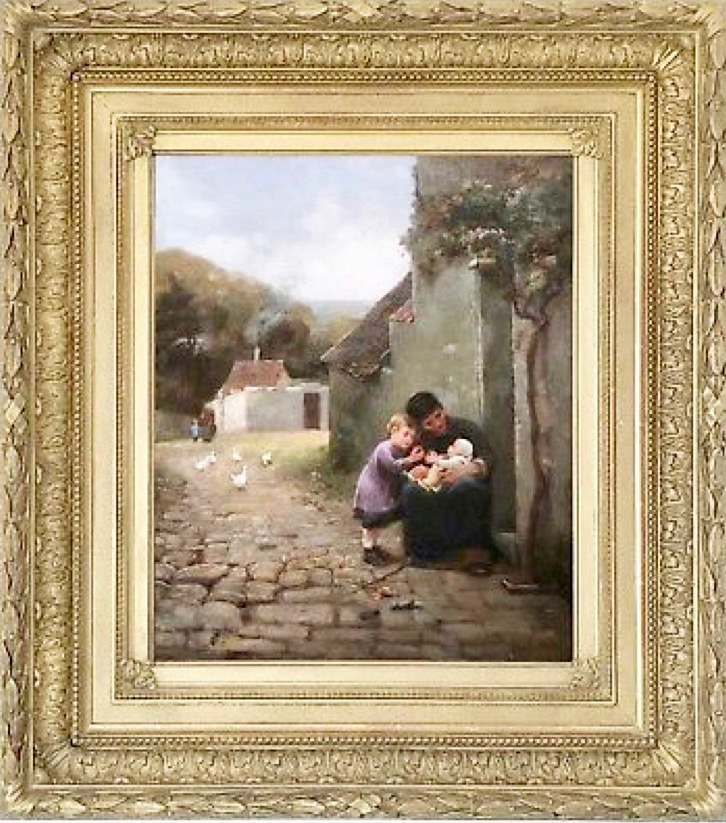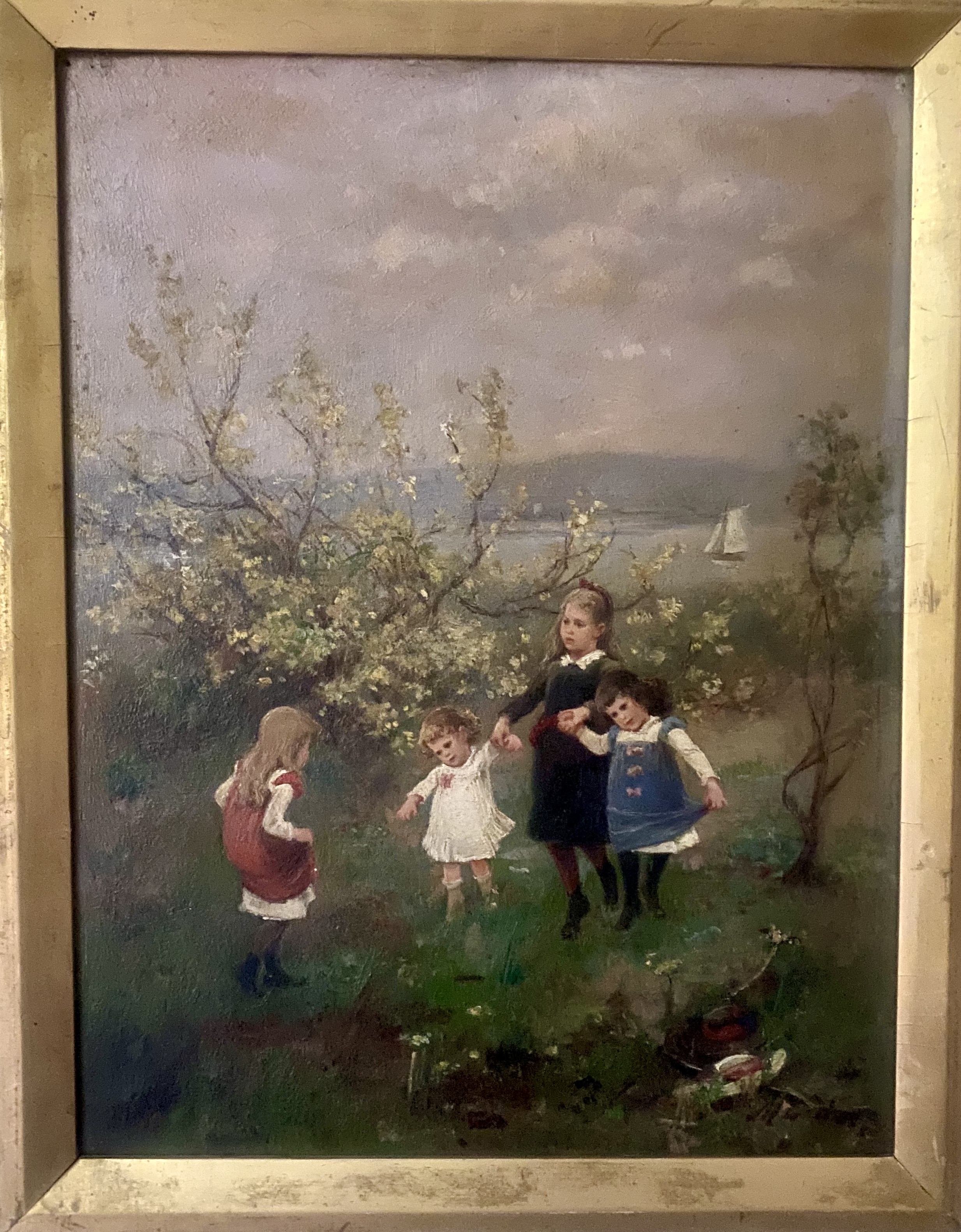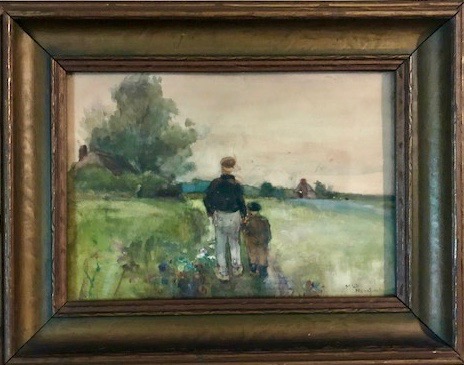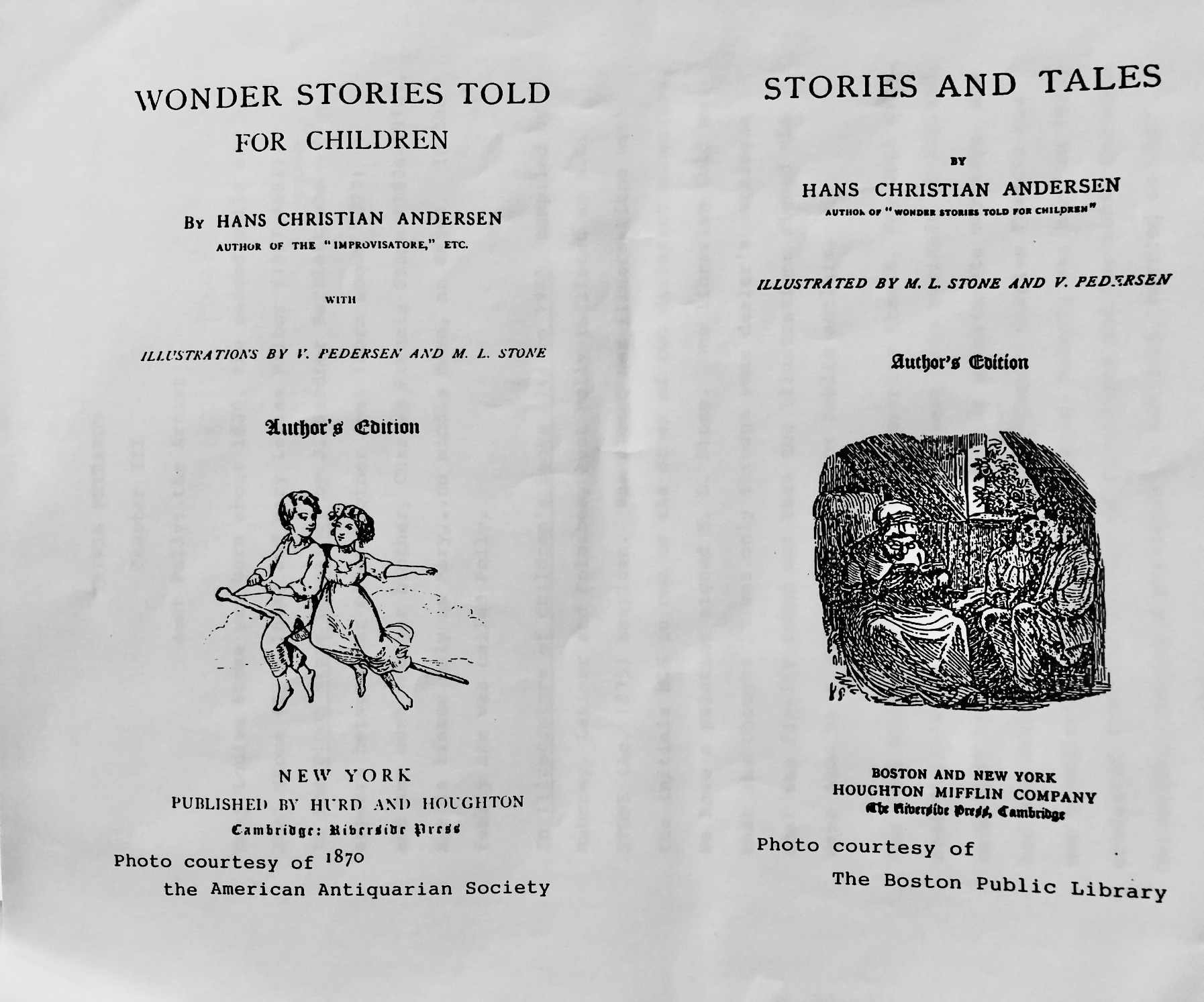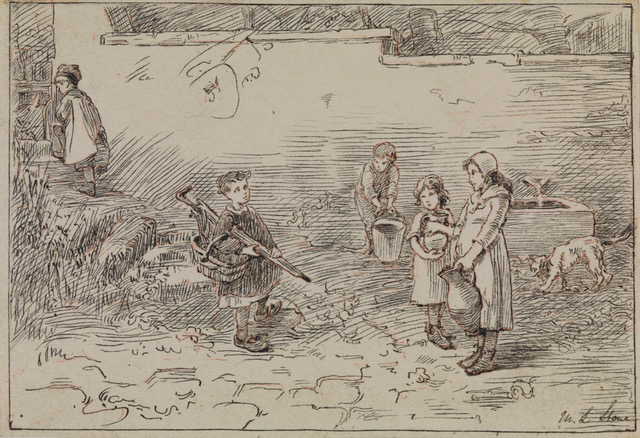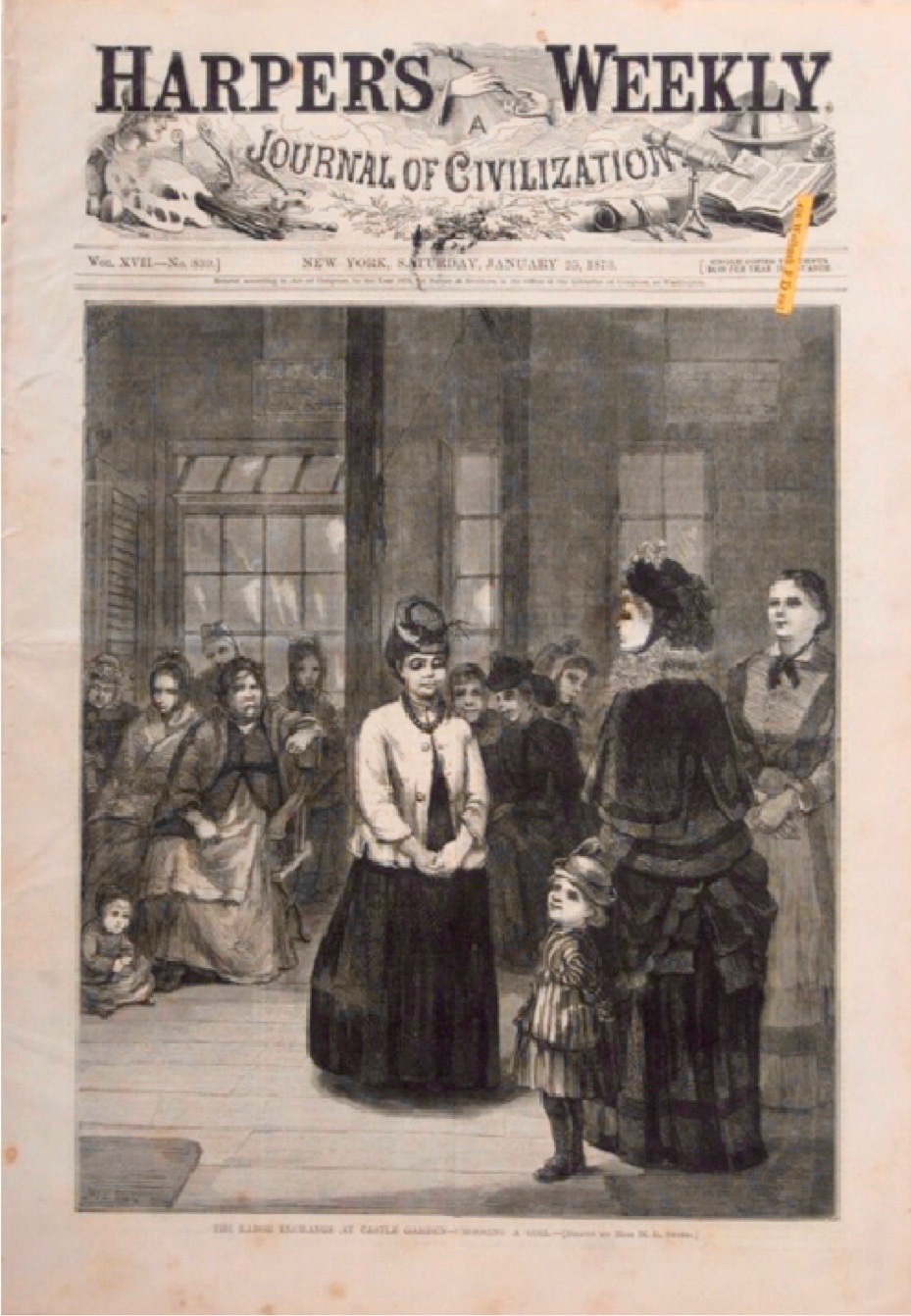New York, April 23rd 1839 – New York, October 2nd 1927
Mary L. Stone is born in New York, in a very wealthy family. Her father, Joel Stone, was a very successful importing and commission merchant in New York City. The family lived on Barclay Street in Downtown New York. MLS had three brothers, all older than she. Joel was born in 1827 and went into business in England. Charles Francis Stone (1834) went to Harvard, traveled in Europe and became a lawyer at G B’s Oxford University branch in NYC. He was lawyer and financier for Thomas Edison (1847-1931) among others. He and his family are reported to be very social and to entertain lavishly. Robert Stone (1838) studied medicine and moved to California as Medical Doctor.
In 1844, following the death of Mary L. Stone’s father, her mother moved to Nice (at that time Kingdom of Sardinia) with her three children to join her brother who was US Counsel.
Mary L. Stone mother went back to the US at some point and, upon her death in Mass, in 1854, Mary was sent to the progressive, exclusive prep school “Miss Porters School” in Farmington CT. For information, Jacqueline Bouvier (1929-1994), becoming US First Lady later, studied in this school.
Mary L. Stone illustrated at least nine children books. She was included in the 1870 editions of Riverside Magazine. Along drawings of Wilhelm Pedersen (1820-1859), she illustrated two US editions of Hans Christian Andersen (1805-1859).
Mary L. Stone hired a studio on the third floor of a NYU (New York University) building, home of the “National Academy of Design”. The male artists may have raised an eyebrow at a woman renting a studio but, her association with Edwin White (1817-1877), her teacher, granted her legitimacy.
At first glance, her placement on the third floor might be interpreted as an effort to contain women in one area but it’s more likely that she chose the studio because it was next door to that of her teacher. In doing so, she followed the footsteps of artists like Daniel Huntington (1816-1906), student and University Building neighbor of Samuel F.B. Morse (1791-1872) who twice served as President of the National Academy of Design.
During the 1868 – 1870 period, Mary L. Stone became quite successful. “The Ladies Repository”, a Universalist publication, praised her work in 1868, the year she left her studio in the University Building: “Miss Stone has a great deal of fancy, an excellent eye for grouping and composition, and is rarely at fault in drawing the human figure”.
The same year, in 1868, in an article named “History of Greenwich Village” from the NYU newspaper, it is said that she left for some times in Ecouen, France. We guess she stayed there until the 1870 war but we have no proof for it.
Her illustrations of reconstruction-era North Carolina were published in Harper’s Weekly in 1873. Five years later, in 1878, the writer and artist Horace J. Rollin (1845-1935) named Mary L. Stone alongside Mary Cassatt in a list of women artists “who are worthy of special mention” in his “Studio, Field and Gallery: A manual of painting for the student and amateur”. In 1878, she moved to the Artists Colony at Ecouen, France.
Mary L. Stone exhibited in Salon de Paris with, in 1878 a watercolor « La malle de Grand-père », in 1879 a painting “L’Angelus”, in 1880 a painting « Les enfants du village » and in 1881 a watercolor « Le repos ».
In 1880, her brother, Charles Francis Stone, bought a twenty rooms house belonging to the son of the illustrator John James Audubon (1785-1851) and had a tower built for her on its top floor. Charles Francis Stone was the head of a large family including nine children. Within her family, Mary was called “Aunt Polly”.
In 1881, when Cornelia Conant and Mary L. Stone were together in Ecouen, France. In February of this year, they write in their travel book: “A lot of treasures like antic tapestries, fantastic furniture, bronze art pieces and original China pieces”. All of these objects have been destroyed by the Prussians during the 1870 war.
The same year 1881, a New York Times reporter visited the colony and wrote that “A large number of Miss Stone’s paintings have found their way to America and have done much both there and abroad toward upholding the reputation of that country for producing artists of ability”.
In 1885, Cornelia Conant’s ten pages article about her visit with Mary L. Stone to Ecouen were published in the Harpers New Monthly.
Back in New York, Mary L. Stone lived on 12th Street and 5th Avenue not far from where Cornelia Conant lived in Brooklyn.
In 1895, she became involved in founding with Victoria Earle Matthews (1861-1907), born into slavery, to start an educational organization called “The White Rose Mission for Working Colored Girls”. Board meetings were held in the Mary L. Stone house. She remained a benefactor and patron and, when she was eighty years old, she became president of the White Rose Society.
She has never been married and had no children.
On October 4th 1927, her funeral took place in St. George’s Episcopalian Church in New York City. The negro choir sang the service, ending it with an old spiritual “Swing Low Sweet Chariot”.
She is buried close to her brother, in the beautiful Greenwood Brooklyn cemetery (lot 2470, section 22).
In 2019, a Mary L. Stone painting of mother and children in Normandy (France) was sold as auction and provenance was excellent, according to prestigious gallery Thomas Agnew & Son, London.
Mary L. Stone was a woman who directed her own career. For the past century, though, her name has been omitted from the lists of artists’ names who lived in the University building. It is time for that to change. In the twenty-first century, it is time to replace Mary L. Stone among her historical contemporaries.
For further information, please read the book “L’Ecole d’Ecouen, une colonie de peintres au XIXe siècle” (bilingual French-English).
